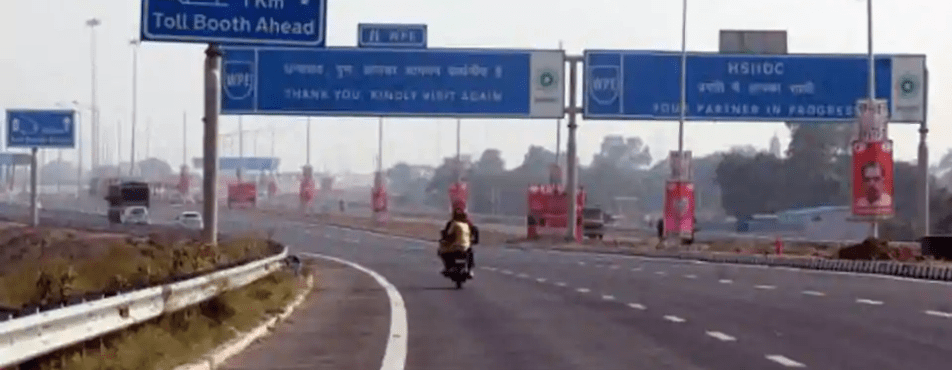KMP Expressway: 10 Things you need to know about The Western Peripheral Expressway
- By Admin
- General
- 27/09/2020

The Kundli-Manesar-Palwal (KMP) expressway, which is expected to reduce traffic congestion and pollution in Delhi
10 facts about the project which took 15 years to complete
- KMP expressway is also known as Western Peripheral Expressway (WPE). Along with the Eastern Peripheral Expressway (EPE), it is expected to divert more than 50,000 heavy vehicles away from Delhi as vehicles going from north India to the western and southern parts of the country would be able to do so without passing through the capital.
- Proposed in 2003, both expressways were expected to be completed by 2009 but missed several deadlines since then due to various reasons including land acquisition hurdles. Work resumed in 2014 after a Supreme Court order and both expressways were completed this year.
- Initially, the 135.6 km four lane WPE from Kundli in Sonipat to Palwal near Faridabad was planned to have four lanes but it was later expanded to six lanes.
- The six-lane expressway, which cost over Rs 9000 crore – Rs 6,400 crore on construction and Rs 2,988 crore to acquire land, will have parking lots, refilling stations, police stations, a trauma centre, helipad, refreshment centres, and recreational facilities. An ambulance, a crane and a police patrol vehicle with a helpline number have been stationed in every 20 km for speedy response in case of accidents or emergencies.
- The expressway's Manesar-Palwal Section, which has already been opened earlier this year, is 52.33-km-long and has 32 agricultural underpasses, three intersections and four toll plazas. The over 83-km-long Kundli-Manesar stretch has six box culverts, 58 pipe culverts, eight minor bridges, six major bridges, four road over bridges, 35 underpasses, 21 vehicular underpasses, 23 cattle crossings and 38 pedestrian crossings.
- The entire road has been designed in such a manner that light vehicles can run at a speed of 120 kmph whereas heavy vehicles can travel at 100 kmph.
- The expressway would cover five districts–Sonipat, Jhajjar, Gurugram, Mewat and Palwal. With the opening of the expressway, traffic congestion would reduce in the national capital region while northern and southern Haryana will get a high-speed link
- None of the natural drains, road crossings, and revenue roads were blocked while building the highway, which seeks to ensure the natural movement of people, water and other elements does not get blocked, according to KMP expressway project director Vilas Misal.
- To prevent mudslides, vetiver (khus) grass, which has strong and deep roots, has been planted. Vetiver will also consume a large amount of carbon dioxide as it is a very environment-friendly plant, said Pardeep Goyal, vice president of Essel Infraprojects, the contractor for the project.
- Two rows of shrubs will be planted in the median and two rows of trees like neem, arjun, and sheesham on the sides, while fountains, historical and cultural monuments have come up at various locations to improve the aesthetic look of the expressway.
